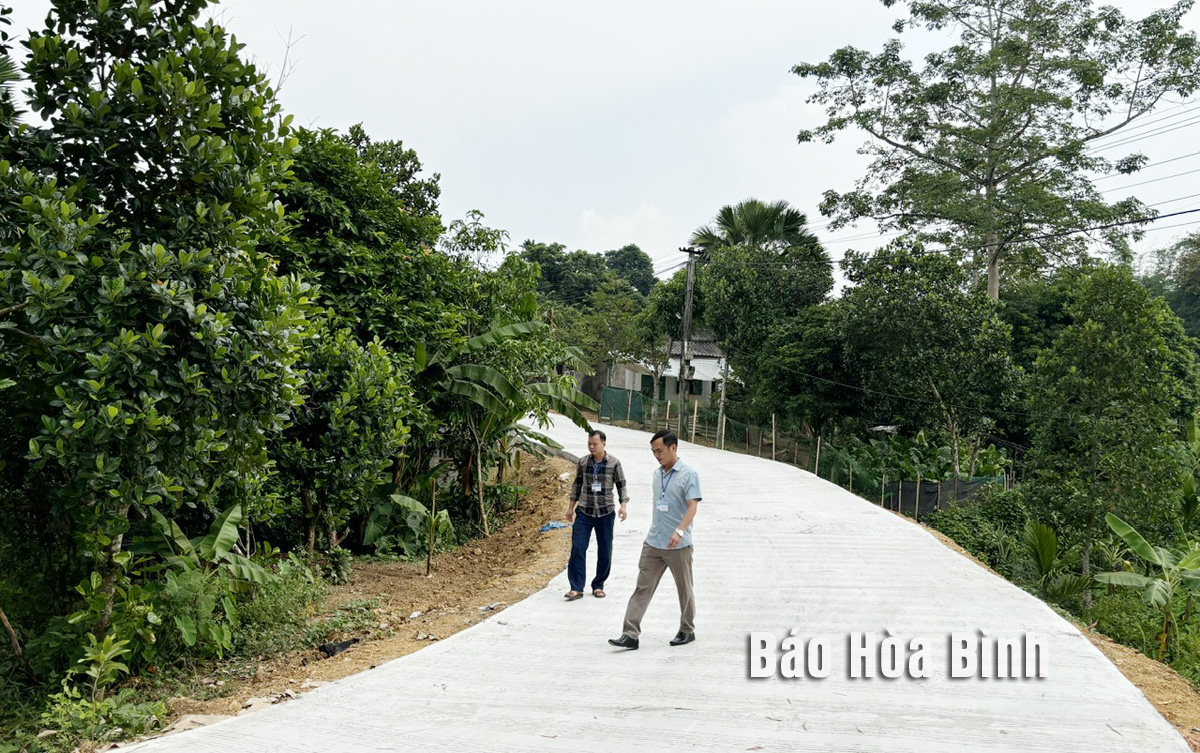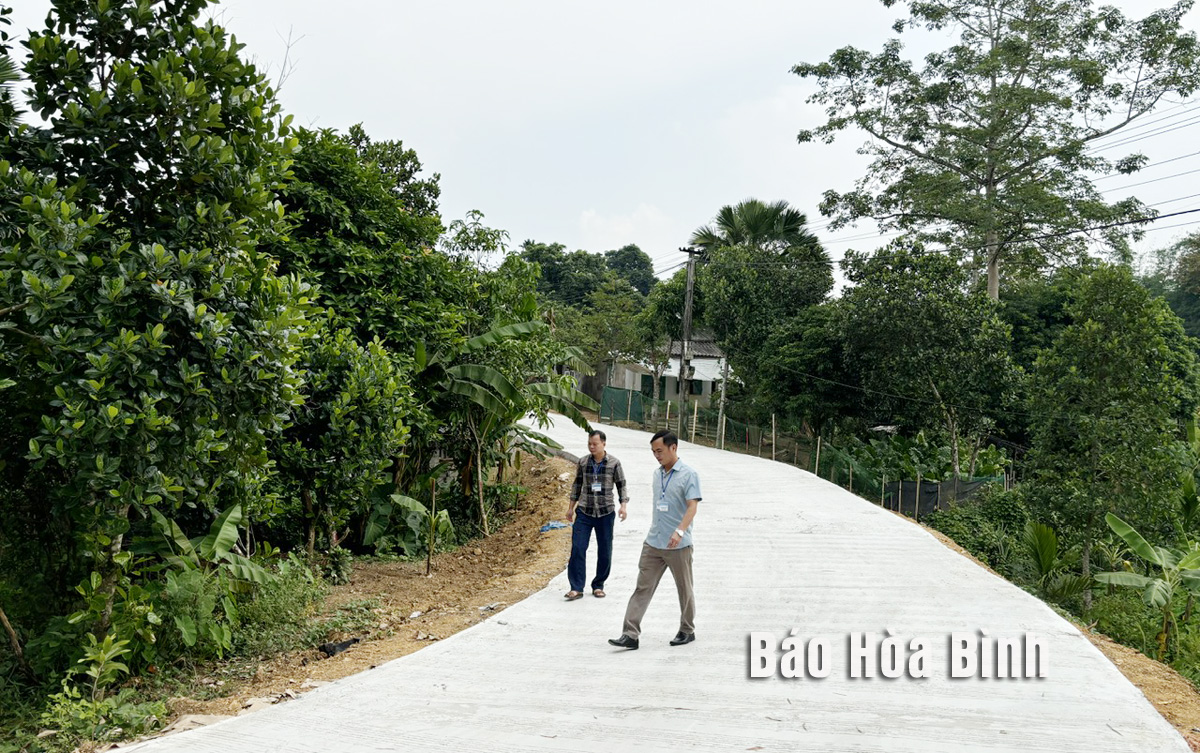
Hoa Binh province is prioritising rural transportation infrastructure to improve mobility, facilitate trade, and boost socio-economic development.

In Kim Lap commune, formed from the merger of three communes,
improved roads were key to meeting new-style rural development standards.
By the end of 2024, Kim Lap fulfilled all 19 new-style rural
development criteria, including transportation, with 1.3 km of asphalted roads,
over 25 km of concreted village roads (96% completed), and 17 km of paved
alleyways, ensuring year-round accessibility.
Across the province, 96 out of 129 communes have achieved
transportation-related new-style rural development benchmarks.
In 2024, Hoa Binh mobilised over 1.34 trillion VND (53.5 million
USD) to pave or upgrade 310 km of rural roads. Local authorities also
encouraged community involvement, including land donations for road
construction.
This investment has created a robust road network, including
over 540 km of provincial roads, 711 km of district roads, and 8,870 km of
rural roads, more than half featuring concrete or asphalt. The enhanced
infrastructure ensures reliable transport, even in remote areas, and supports
economic activities.
In the coming time, Hoa Binh plans to advance infrastructure
projects under its 2021–2025 public investment plan, focusing on key economic
zones and high-traffic routes, while integrating rural transportation
development into national programmes to sustain growth and improve living
standards.
According to data from the Hoa Binh Provincial Party Committee, the industrial production index for the first six months of 2025 is estimated to have increased by 20% compared to the same period last year. This marks the highest year-on-year growth rate for this period since 2020.
In the first six months of 2025, Hoa Binh province’s export turnover was estimated at 1.145 billion USD, marking an 18.11% increase compared to the same period in 2024. Import turnover was estimated at $ 804 million, a 17.15% increase, which helped the province maintain a positive trade balance.
The lives of the ethnic minority farmers in Tan Lac district have gradually improved thanks to the new directions in agricultural production. This is a testament to the collective strength fostered through the professional associations and groups implemented by various levels of the district’s Farmers’ Union.
With the motto the "product quality comes first,” after nearly one year of establishment and operation, Muong village’s Clean Food Agricultural and Commercial Cooperative, located in Cau Hamlet, Hung Son Commune (Kim Boi district), has launched reputable, high-quality agricultural products to the market that are well-received by consumers. The products such as Muong village’s pork sausage, salt-cured chicken, and salt-cured pork hocks have gradually carved out a place in the market and they are on the path to obtaining the OCOP certification.
In the past, the phrase "bumper harvest, rock-bottom prices" was a familiar refrain for Vietnamese farmers engaged in fragmented, small-scale agriculture. But today, a new spirit is emerging across rural areas of Hoa Binh province - one of collaboration, organisation, and collective economic models that provide a stable foundation for production.
Maintaining growing area codes and packing facility codes in accordance with regulations is a mandatory requirement for agricultural products to be eligible for export. Recently, the Department of Agriculture and Environment of Hoa Binh province has intensified technical supervision of designated farming areas and packing facilities to safeguard the "green passport" that enables its products to access international markets.



